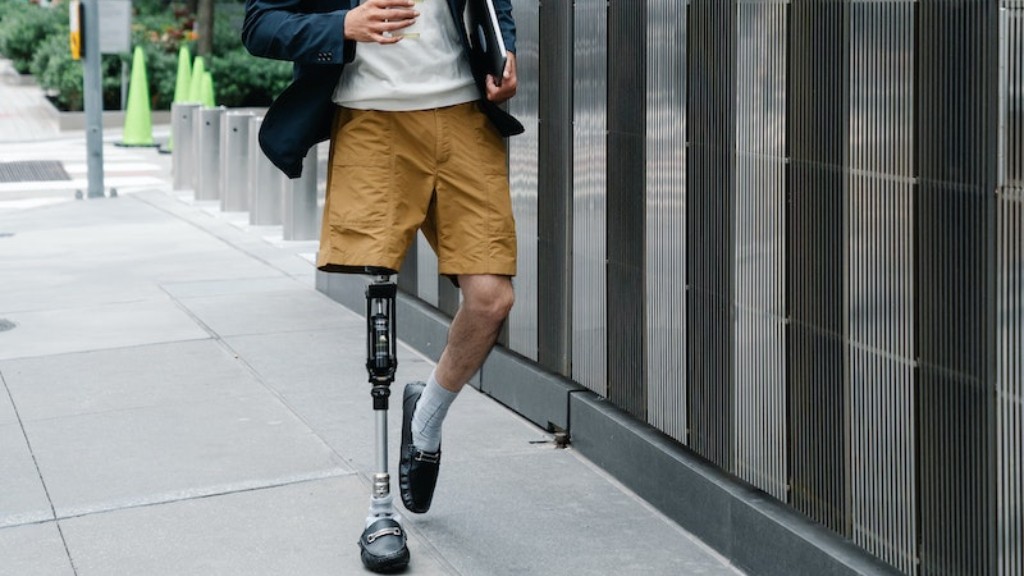Sensory Feedback in Upper Limb Prosthetics
In recent years, advancements in robotic technology and neuroscience have brought us closer to creating highly
functional upper limb prosthetics. These remarkable devices have the potential to revolutionize the lives of
individuals with upper limb loss. However, while these prosthetics have made significant progress in terms of
motor control and dexterity, the integration of sensory feedback remains a challenge.
The Importance of Sensory Feedback
Our sense of touch plays a crucial role in our interactions with the physical world. It allows us to manipulate
objects with precision, feel pain and temperature, and provides us with a sense of embodiment. Hence, enhancing
upper limb prosthetics with sensory feedback is essential for improving the overall functionality and user
experience.
Multiple research studies have shown that the absence of tactile feedback in prosthetic limbs leads to reduced
dexterity and a higher cognitive burden on the user. Studies have demonstrated that amputees using prosthetics
without sensory feedback struggle to perform delicate tasks that require fine motor control, such as picking up
small objects or handling fragile items. Additionally, the lack of sensory feedback can result in increased
reliance on vision, which can be both mentally and physically exhausting for the user.
Challenges in Incorporating Sensory Feedback
One of the primary challenges in incorporating sensory feedback in upper limb prosthetics is the development of
technologies that can effectively transmit tactile information to the user. The human sense of touch is highly
complex, and replicating this level of sophistication in a prosthetic device is no easy task. Researchers have
been exploring various approaches, including the use of pressure sensors, vibration motors, and invasive
techniques such as implanting electrodes into the peripheral nerves. However, each approach has its limitations
and trade-offs.
Another significant challenge is the development of intuitive interfaces for delivering sensory feedback. It is
not enough to provide the user with sensory information; the prosthetic must also translate this information
into a format that the user can understand and interpret. The design of such interfaces involves a deep
understanding of the brain’s ability to process sensory information and the development of algorithms that can
accurately convert sensory data into meaningful perceptions.
The Potential Benefits
Despite the challenges, researchers and engineers are making notable progress in the field of sensory feedback in
upper limb prosthetics. The integration of sensory feedback has the potential to significantly enhance the user
experience and improve the quality of life for individuals with upper limb loss. With sensory feedback,
prosthetic users will be able to regain the sense of touch, improving their ability to perform delicate tasks,
increasing their independence, and reducing their cognitive load.
Furthermore, the integration of sensory feedback may also lead to the development of prosthetics that provide
users with a sense of embodiment. Through the use of advanced neuroprosthetic interfaces, it may be possible to
create a seamless connection between the user’s nervous system and the prosthetic limb, blurring the distinction
between the natural and artificial.
Conclusion
The integration of sensory feedback in upper limb prosthetics is a complex and challenging endeavor, but it holds
the potential to revolutionize the field of prosthetics and greatly improve the lives of individuals with upper
limb loss. Researchers and engineers must continue to push the boundaries of technology and collaborate across
disciplines to ensure the successful development and integration of sensory feedback in upper limb
prosthetics.
Food for Thought:
As we move forward in developing sensory feedback in upper limb prosthetics, we must also consider the ethical
implications of this technology. How do we ensure equal access to these advanced prosthetics? How do we address
potential issues related to privacy and data security? These questions must be part of the ongoing discussions
surrounding this exciting and promising field.


